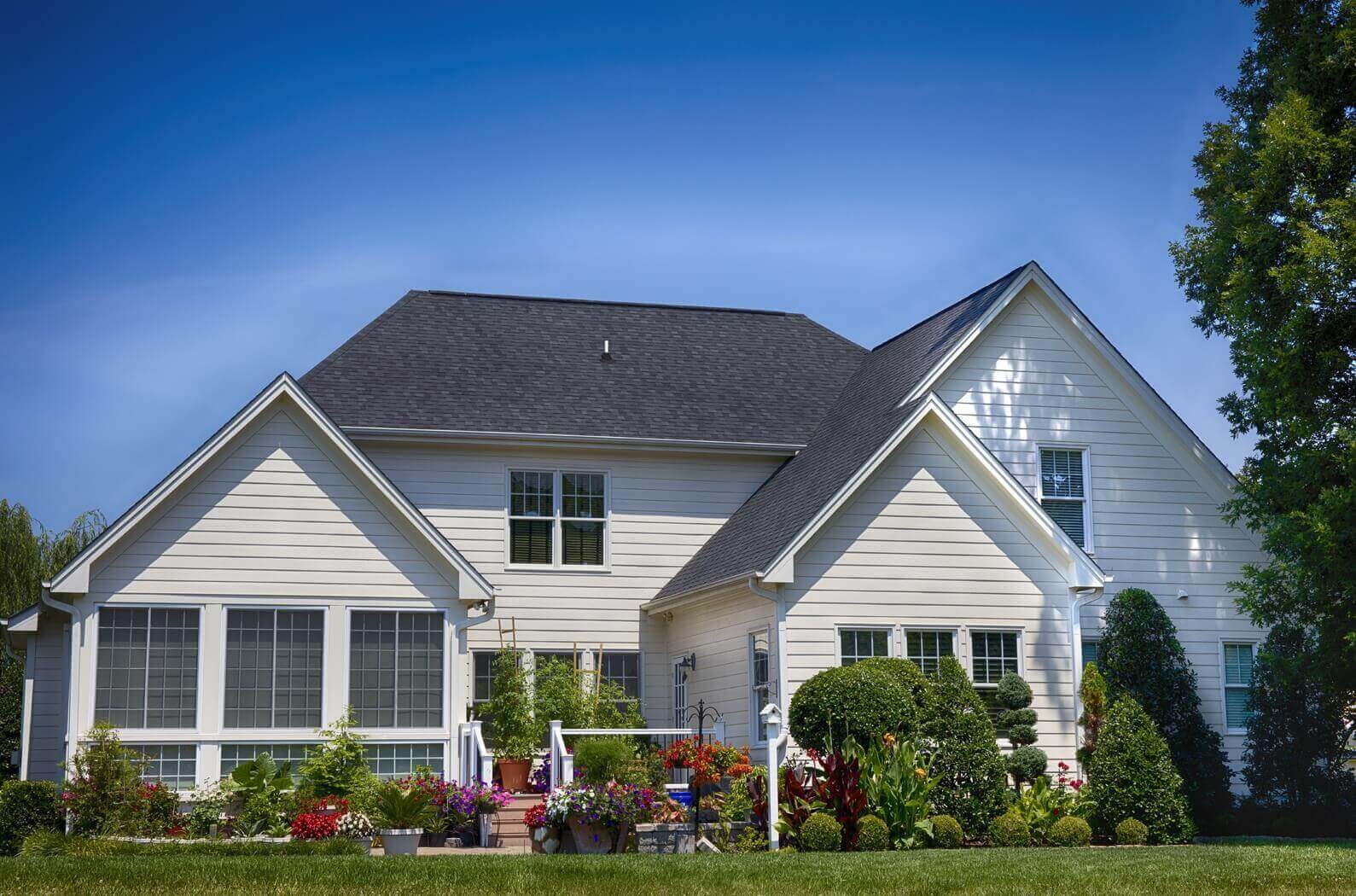 Uncategorized
Uncategorized
Jaipur, the capital of Rajasthan and a prominent Tier-2 city in northern India, is fast becoming a major residential destination. Celebrated for its rich cultural legacy and international tourism appeal, the city’s real estate sector has experienced remarkable growth. This upward trend is fueled by Jaipur’s strategic position as a regional economic hub and its excellent connectivity, especially through its international airport. As economic dynamics evolve, homebuyer preferences have shifted toward multi-story apartments over traditional low-rise homes. Modern features such as swimming pools, clubhouses, and other lifestyle amenities have become must-haves in the city’s rapidly modernizing housing landscape.
Key Drivers of Growth
Once primarily dependent on tourism and manufacturing, Jaipur’s economy has undergone a significant transformation with the rise of a robust services sector. A prime example is the 3,000-acre Mahindra World City Special Economic Zone (SEZ), which has attracted several multinational corporations. With nearly 2,000 registered startups, Jaipur is outpacing other Tier-2 cities like the Chandigarh Tri-City area and Lucknow, solidifying its reputation as an emerging economic hotspot.
Recent trends, including reverse migration post-pandemic and an influx of skilled professionals in the services sector, have reshaped Jaipur’s demographic profile. Currently, around 70% of the city’s population is within the working-age bracket, which has fueled rapid residential development—particularly in the western corridor along NH 48. This region, known for its strong infrastructure and proximity to the international airport, has become a top choice for homebuyers.
Popular Residential Hotspots
Established premium localities like Mansarovar and Vaishali Nagar continue to command high property values. However, emerging neighborhoods such as Jagatpura (near the airport) and the newly developed extensions of Mansarovar and Vaishali Nagar offer more affordable alternatives with similar connectivity and amenities. In some pockets, increasing demand has driven property prices up by as much as 15%.
These areas are especially appealing to both individuals and families due to their affordability, well-planned infrastructure, strong connectivity, and access to lifestyle-centric community living.
Outlook
Jaipur’s real estate market is poised for sustained growth, particularly in the city’s western and southern zones. Residential development is expected to intensify along Ajmer Road, Tonk Road (near the airport), and the western regions along NH 48. As global companies continue to invest in Jaipur’s expanding service sector, the city’s economic profile will strengthen further, attracting skilled talent and promoting long-term residential demand. With Jaipur’s population projected to exceed 5 million by 2030, its real estate sector will remain dynamic and full of opportunity.

